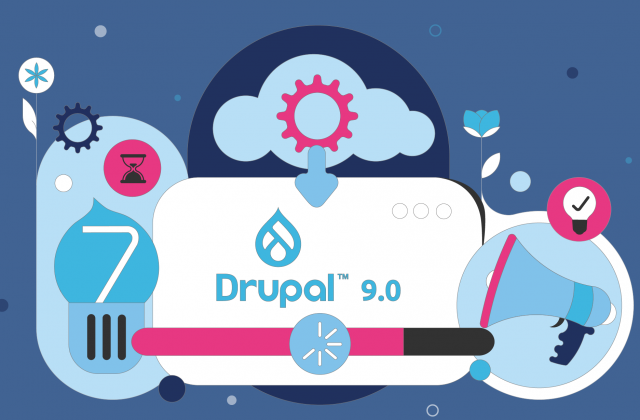Unlike 100 years ago, today, any socially-engaged campaigns can certainly have bigger impact. Due to the social networks, internet technologies, and crowd funding, campaigns can reach wider public addressing the ongoing need for change in our cultures and societies. This is also the case with women’s day campaigns.
Although any campaign that uses more of “simple ways” (or let’s say more common ways) to address women issues, such as bicycling or walking, or marching, are good enough to emphasize the problems women face today, other campaigns are more bold, or provocative, or inventive in the approach, thus deserve more mention. These are the campaigns that stood out this year, in my opinion.
An interesting campaign for Amnesty International’s newest project My Body My Rights came from a Chinese-born artist Hikaru Cho. She created a series of body art images to emphasize some of the heaviest issues that are affecting women (sexual harassment and exploitation, domestic violence). Her 3D art illustrates the right to contraception and sexual health, the right to choose a partner, the right to choose when to have children, or the right to live without sexual violence.
Together with Amnesty International, they created four videos on the subjects of basic human rights, bringing awareness on everyone’s right to make decisions about health, body or sexual life. Many of the images are unfinished, thus open to interpretation, to encourage debates among the public.
https://www.youtube.com/watch?v=iF-mfcReIuw
An amazing visual campaign this year came from a crowd funding site Catapult. A very powerful Cover Story campaign reminds us about some of the emerging problems in women’s world, such as human trafficking, sexual exploitation of girls, slavery, and child marriage.

Catapult wanted to make this International Women’s Day more than just a cover story, featuring three mock magazine covers on the popular magazines Bride, Good Housekeeping and Seventeen, displaying names Child Bride, Good Slave Keeping and Thirteen. As you can see, cover stories contain some very powerful headlines pointing again at the problems women and girls face today, such as “Who Needs a Childhood Anyway?”. Very straight-to-the-core-of-the-problems campaign indeed.
In a 90 second video Google showed 100 inspiring women from different countries and the amazing things they have done and continue doing. It is interesting to mention that in a study that came out recently we found out that only 17% of Google Doodles had women in them (in the past two years). With this video, they are starting to change that percentage, obviously.
The video features some very important women including Mary Kom, Five-time World Boxing champion (India), Dalia Grybauskaitė, President of Lithuania, Mara Gabrilli, Congresswoman & Brazil’s spokesperson for people with disabilities, Maia Sandu, Minister of education (Moldova), Maria da Penha, Women’s rights advocate, named the law protecting women from domestic violence (Brazil), Janet Mock, Trans woman rights activist and author (USA), Camila Bernal Villegas, Director of the CRAN Foundation and cancer survivor (Colombia), Jirawadee Sudta, Awarded National Excellent Youth in law and protection of children’s rights (Thailand), Noelle Wenceslao, Janet Belarmino & Carina Dayondon, first Filipinas to climb Mount Everest, and many more. In this video they did manage to show us what amazing things these women have done.
A shocking and brutal campaign (or very naïve one for some) Women’s Day #throughglass, made by a group of creative people from London (according to some sources), shows a first person perspective using Google Glasses. The video contains violence and it is rather upsetting. The reactions to the video differ, however, the creative group who made it (Google was not involved) wanted to make people think about women’s conditions and problems they face today. Whatever the opinions are, the video certainly attracted much attention.
One very courageous campaign came from Brazil, as well. The campaign uses Virgin Mary statue that is crying blood, to show that violence against women is reality for many Brazilian women. In a video they reminded that it is not fake, it is not miracle, but reality: “This is reality for many Brazilian Maria’s. Stop violence against women. Call 180.” Although you can see different peoples’ reactions to the statue, the reactions you may not be able to use as a tool to determine the successes of a campaign (people are mostly photographing or just passing by, shocked), in my opinion this campaign brought a strong message. (source:Osocio)
So, are these campaigns different? Yes. Will these campaigns bring change? Yes. Are these campaigns good enough? No, not really. The campaigns are powerful, but alone they cannot bring those changes we need. However, the more campaigns we have, not just on International Women’s Day, the better.




